Sony a6600 Review
Dustin Abbott
July 21st, 2021
I was a bit surprised in early 2019 when Sony announced and released the Sony a6400 APS-C mirrorless camera. Many of us expected Sony to continue moving upscale with an a6500 replacement, but I concluded in my review of the a6400 that it was more of an upgrade to the Sony a6300. I surmised (correctly) that the more upscale replacement to the a6500 would come. That proved true, as the Sony a6600 replaced the now discontinued a6500 as their premium APS-C model at the end of 2019. It combines the more robust AF system of the a6400 with some of the more advanced features of the a6500 like SteadyShot (In-Body-Image-Stabilization), but with one disappointing twist: the a6600 lacks the deep buffer depth of the a6500 (107 RAW | 301 JPEG) and instead shares the more tepid buffer depth of the a6400 (46 RAW | 116 JPEG). I don’t really know why this is, as both cameras use the same kind of memory card and have the same sensor. The only thing I can think of as a limiting factor is the more robust autofocus taking place. The a6600 counteracts this limitation by adding one killer addition – it changes from the little NP-FW50 batteries (one of the chief irritations on Sony’s APS-C bodies) to the much more robust NP-Fz100 battery found in the a7/a9/a1 bodies. That turns a serious liability into a tremendous strength. I took the a6600 and the 18-135mm OSS lens on a trip to Texas where I needed to travel very light, and, after taking hundreds of images on the trip, a few videos, along with a lot of reviewing, deleting, and showing images from the back of the camera over the course of five days, I had still 50% battery life left on the initial charge that I left Canada with. That’s fantastic!
You can get the a6600 body-only or in a few kit lens combinations. The most common kit lens is the Sony E 18-135mm F3.5-5.6 OSS that, while not a world beater optically, is a better than average superzoom lens that is extremely versatile and capable of producing beautiful images (many of which will be featured in this review). Here’s one that I love:
There is a significant price difference between the a6400 and the a6600, with the former being available for about $900 USD while the a6600 costs a much steeper $1400. You might notice that it isn’t the end of the 2019 or the beginning of 2020 when I am doing this review; it is summer of 2021. That shows you that I was not particularly desperate to get my hands on one. Eventually an a6600 has made it into my kit, and I am actually reviewing my own camera now that I’m well familiar with it. It’s a very good camera in an absolute sense, but what it isn’t is the world beater that Sony needs it to be. I like the Sony ecosystem much better than Fuji’s, and there are a few areas where Sony has a clear advantage (focus and battery life, primarily), but there’s also no question that a camera like the Fuji X-T4 (my review here) is a more feature rich (and arguably more professional) camera. So is an a6600 worth considering? This review will hopefully help you make a decision as to whether the a6600 is the camera for you. You can read on or watch my long format definitive review or shorter standard video review below.
Follow Me @ Patreon | My Newsletter | Instagram | Facebook | DA Merchandise | Flickr | 500px
Thanks to Camera Canada for giving me a great deal on the a6600 and 18-135mm used in this review. They are my personal source for my gear and have been great to work with. As always, this is a completely independent review.
Sony a6600 Overview
Here are some of the feature highlights of the a6600:
- 24.2MP APS-C Exmor CMOS Sensor
- BIONZ X Image Processor
- UHD 4K30p Video with HLG & S-Log3 Gammas
- XGA Tru-Finder 2.36m-Dot OLED EVF
- 3.0″ 921.6k-Dot 180° Tilting Touchscreen
- 5-Axis SteadyShot INSIDE Stabilization
- Up to 11-fps Shooting, ISO 100-32000
- 4D FOCUS with 425 Phase-Detect Points
- Real Time Eye AF for Stills and Video
- High Capacity NP-FZ100 battery
- Headphone & Mic Ports, Wi-Fi & Bluetooth
What’s new here is a really, really short list. It is essentially real time Eye AF for video, a headphone port for monitoring audio, and the higher capacity battery. Don’t get me wrong; these are valuable improvements, but there’s not really much on this list that is going to get your heart beating quickly. We’ve had this same sensor and processor for a while, the autofocus improvements were present on the a6400, and the inclusion of In Body Image Stabilization is nothing that we didn’t see on the a6500. This is what you call an incremental upgrade…though fortunately it does make a good camera even better. We’ll take a closer look at things, however, starting with the physical body.
The basic physical shape is so similar to the a6400/a6500 blueprint (which in turn were similar to earlier models) that you’ll have to look closely to note the differences.
The biggest physical change is a positive one, however, as the grip shape has had to be redesigned to accommodate the much larger capacity battery. The upside to this is the gripper is deeper, better contoured, and feels much better in the hand. The a6400 was 4.7 x 2.6 x 2.4″ (120 x 66.9 x 59.7mm), and while the a6600 shares the width (120mm) and height (66.9mm), the grip depth is significantly deeper (69.3mm) to accommodate that big battery. Some may lament the minor growth in size, but I for one applaud this move by Sony as the camera feels much more functional in my hands. The weight is the highest for the a6xxx series, however, with the weight with battery and memory card topping 500g (503g). Most of that additional weight is probably in the battery itself along with the thicker grip, though the IBIS system probably also adds some weight. The a6400 was lighter (403g) than the a6500 (453g) despite being a bit larger, so obviously IBIS does add some weight.
Another fringe benefit of the grip redesign is that there was a little more room in there for the memory card. This is going to be a bit of a back-handed compliment, however, as we still have a single UHS-1 compatible SD slot that is located in my least favorite place – the battery compartment! Fuji manages to put memory card access on the side of the camera where God intended it, but Sony persists in an antiquated design here. It’s more acceptable on the cheaper a6400, but much less so on the premium-priced a6600. The bigger battery compartment does allow the memory card to be reoriented away from the battery door where accessing the memory is much simpler than on the a6400. It’s worth noting that the battery is rated at over 800 shots here, though, in practice, I think you’ll often see over 1000 shots before the battery goes dead. You’ll also see a huge improvement during video recording, which always seemed to kill the smaller batteries in no time at all.
Where the upward rotation of the of the screen is limited to 90° on the a6500, the a6600 (like the a6400) will rotate up a full 180° until it is forward-facing, enabling a “selfie-mode” or means to monitor video from the front.
This is undoubtedly useful, as it can help with framing, with actually taking selfies, and also gives Sony a specific marketing strategy. There are limitations, however, as the eyecup blocks a small part of the screen on the right side already, and if anything is mounted on the hotshoe (microphone, for example), a good portion of the screen will be blocked as the hotshoe lines up almost perfectly in the middle of the screen. Vloggers might still prefer the unobstructed view of, say, a Canon articulating screen that can face out on the side where there are no obstructions. Sony also still hasn’t addressed the issue of tilt when shooting in vertical/portrait mode. Fuji allows some vertical tilt in their screens, and it would be nice to see Sony implement something similar. But while not perfect, this redesign undoubtedly adds some additional functionality to the A6 series.
The a6600 is positioned to a slightly more professional demographic, so it contains 2 Custom Modes on the mode dial where the a6400 had none. The mode dial also has S&Q (Slow and Quick) like the a6400, whereas you had to access it through the menus on the a6500.
One area of minor improvement is that the a6600 has the largest number of custom buttons seen on an a6xxx body. The a6400 has a single C1 button located up near the shutter (not a great position), but the a6600 has a design more like the a6500’s in that there are two custom buttons (C1 and C2) located on the top plate of the camera. In a new move, however, a third custom button has been added next to the menu button on the back of the camera. All told there are 11 buttons that can all customized (this includes four “buttons” of the D-pad on the back). Room for the new C3 button was created by removing the button that previously caused the flash to pop up. Sony not only removed the flash button, however, but the flash as well. The space on the top of the camera that used to house the on-board flash is now blank.
I’m not sure how much this impacts most photographers. It doesn’t impact me at all, as I never use an on-board flash and typically use high end full frame cameras that also don’t have a flash…so I don’t even think about it. You may use the flash, however, and its loss may be something worth considering for you.
Beyond these changes, the handling of the a6600 is near identical to earlier bodies, for good and evil. There are some things I seriously wish were changed. At the top of the list in the placement of the memory card slot in the battery door on the bottom of the camera; opening that door can be impeded by having a quick release plate mounted on the camera. The a6600 doesn’t come with an external battery charger (Sony expects you to charge the battery in camera), so accessing the memory card will probably be the most common reason to open the battery door. I’m also not a fan of the video record button placement (another carryover). It is in an awkward position that I never find easy to access even after years of familiarity. I avoid using it most of the time by setting up video recording to begin with pressing the shutter instead.
Another annoyance is that Sony has still not really improved the versatility of their touchscreens, which continues to lag behind the competition in somewhat puzzling ways. On the plus side, using the touchscreen to select a focus point and or drag a flexi-point around while looking through the viewfinder works better than ever. But touch to shoot or track is somewhat mysterious in operation and you still can’t navigate either the quick menu (Sony calls this FN) or the full menu by touch. You can find a setting for “Function of Touch Operation” in the Custom Operation 2 tab that will allow you to change touch function to focus, shutter, or track. You will want to map this function to a custom button or your “My Menu”, as as it stands it simply isn’t easy to access. Canon and Fuji allow you to make this change right on the touchscreen during normal operation. Sony could have at least mapped it to the FN menu. I’ve used Canon, Nikon, and Fuji bodies that have these things figured out to some degree (Canon is still tops), but for some mysterious reason, Sony can’t nail this down (outside of the recent and very expensive a7SIII or Alpha 1 cameras).
The menus are familiar Sony ones with both Sony strengths and weaknesses. Spend some time to program functions into the “My Menu” tab, as this helps you to quickly access settings that otherwise get buried deep in the menus. A few years back Sony added a built-in intervalometer (not a separate app) so that you can shoot time lapses or intervals in camera. Unfortunately the LCD is a similar resolution (0.92 million dots) as always, which again feels like a “cheap out” in a more expensive camera like this.
The same is true of the viewfinder, which is the exact same one I’ve been seeing for the past 4 or 5 years on Sony A6xxx cameras. It’s located in the rangefinder position (upper left side of the camera) and has a relatively small 0.39″ opening and the familiar 2.36 million dot resolution. It’s nothing special, and it is areas like this that makes you feel like the a6600 is somewhat of a placeholder until Sony makes a more significant upgrade in the next generation.
Beyond this the ergonomics are pretty much what you would expect. Sony persists in not including a front wheel/dial to use for shutter speed or aperture, so you are left with using the single wheel next to the mode dial or using the rotating wheel/D-Pad for these (and other) functions. You have to be a little careful with the rear wheel, as too much pressure can activate the Directional Pad function instead. This makes using the a6xxx bodies with gloves a little complicated at times. The feel of the buttons and dials is indistinguishable from previous models. I also wish there was a dedicated exposure compensation dial like we find on Sony’s full frame cameras (or many of Fuji and Canon’s APS-C mirrorless cameras).
I would still love to see some kind of small joystick on the back of the camera to help with navigation of menus and even selecting focus points (like the Fuji cameras), but with your eye pressed to the viewfinder the touchscreen is arguably the best way to select a focus point…and the focus system here is so good that often I just leave the camera in “Wide” mode and let the intelligent autofocus choose the correct focus areas.
Sony has managed to put the significant overheating issues during video behind them, and thus far I’ve never seen any overheating issues when recording video (and it’s summer while I’m reviewing the camera). Sony has also eliminated the 29:59 minute recording limit as well, which is huge to me as it means that I can record long format teaching sessions without worry about the video clicking off mid-sentence and having to restart everything and try to pick up my train of thought.
Other tweaks include a faster response time after shooting and then accessing menu functions. Earlier Sony bodies could be painful in how it took before you could access, say, playback or a settings change after taking a photo (or worse, a burst of photos!), but the a6600 is noticeably improved in this regard. My main Sony camera is the Alpha 1 these days, and the fact that I don’t notice a significant difference in accessing functions on the a6600 tells me that Sony has come a long way in this regard. Burst images are also handled as a group, so you have more options for either playback or deleting them because of improvements to sorting.
The a6600 has an excellent build quality and good overall functionality, but there are relatively few changes here outside of the ergonomically superior grip, an extra custom button, and the loss of the flash. Some of the key handling frustrations like the touchscreen, lack of a joystick, and lack of a front control dial remain unaddressed…waiting for some future model to fix them. We’ve inched rather than leapt forward in design here.
Sony a6600 Video Functionality
Sony’s a6 series were thought of as video juggernauts in the past, offering surprisingly robust video options and incredibly good footage (particularly in 4K). But the problem again here is that Sony essentially stopped innovating here several cameras back. We’ve seen minor improvements to controlling overheating, recording time limits, and the forward facing LCD screen, but our video codecs and framerates (and video crop factor) are the same that we’ve seen for quite a while.
3840 x 2160p at 24/25/30 fps (100, 60 Mb/s XAVC S)
1920 x 1080p at 100/120 fps (100, 60 Mb/s XAVC S)
1920 x 1080p at 24/25/30/50/60 fps (50 Mb/s XAVC S)
1920 x 1080p at 50/60 fps (25 Mb/s XAVC S)
1920 x 1080p at 25/30 fps (16 Mb/s XAVC S)
1920 x 1080i at 50/60 fps (24, 17 Mb/s AVCHD)
We still don’t get 60 FPS in 4K recording, unfortunately (Panasonic and Fuji have an edge there). As before, the two crop options are dependent on whether 24 or 30 FPS is selected. 24 FPS utilizes the Super 35 mode, which employs the full readout without pixel binning to produce a 6K oversampled picture that is incredibly detailed. 30FPS requires a 1.6x crop factor, so you will notice a big difference in framing and a slight reduction in quality due to pixel binning (though the footage is still excellent). Still, it feels like we should be able to get 30FPs without the obvious crop factor at this point. 120FPS is available in 1080 to allow for slow-motion work, though getting this at a 4K resolution will have to wait until future cameras. There’s a lot of areas where we’ve given Sony a pass because of the good video quality, but the competition is passing them and it’s high time to up those video specs. Sony did add HLG (Hybrid Log Profile) to the a6400 (which carries on here), which allows the camera to produce footage better suited to High Dynamic Range (HDR) editing and playback, but again, that’s nothing that the competition hasn’t done, too.
I do appreciate not having the video record limit, as that gives me much more flexibility when recording teaching videos or other long format recordings. That’s still an area where some competitors lag. But really the best thing that Sony has going for it in the video department is that they continue to have better than average autofocus performance during video. Speaking of which…
Sony a6600 Autofocus
The a6400’s chief claim to fame was that it is the first Sony camera (period) to debut Sony’s new “Real-Time Eye AF & Real-Time Tracking”. While Eye AF previously had to be mapped to another button, now it is always available in AF-C (continuous) mode when you half-depress the shutter button. This allows Eye AF and tracking to happen in a more fluid, intuitive fashion. The a6600 receives those same improvements along with the addition of Real Time Eye AF and Tracking in video along with stills. This helps make the a6600 very reliable (when paired with a decent lens) for my many YouTube or teaching video sessions when I’m in front of rather than behind the camera. I can trust the AF system to do the tracking and focusing for more.
The a6600 also inherits the improved AF system we found in the a6400. This is a hybrid AF system that has 425 Phase Detect points that are supported by 425 Contrast AF points. These combined have coverage over most of the sensor area, making for reliable tracking of subjects and quality focus anywhere you want to compose.
This makes capturing action easier than ever as the a6600 is capable of a quite good 11 FPS with mechanical shutter:
As I noted in my introduction, I was very disappointed that the a6600 (the premium model!) mirrors the lower buffer depths of the a6400 rather than at least retaining the deeper buffers of the a6500.
A6400:
Up to 11 fps at 24.2 MP for up to 46 Exposures (Raw Format)
Up to 11 fps at 24.2 MP for up to 116 Exposures (JPEG Format)
a6500:
Up to 11 fps at 24.2 MP for up to 233 Exposures (JPEG Format)
Up to 11 fps at 24.2 MP for up to 107 Exposures (Raw Format)
A6600:
Up to 11 fps at 24.2 MP for up to 46 Exposures (Raw Format)
Up to 11 fps at 24.2 MP for up to 116 Exposures (JPEG Format)
I fully anticipated that the a6600 would probably have both a faster burst rate along with a deeper buffer, and I was wrong on both points. That’s disappointing. Like the a6400, however, the a6600 does allow for up to 8 FPS in silent shutter mode while the a6300/6500 capped out at 3 FPS in silent shutter mode. This can be useful at weddings or other environments when silence is valued.
It’s clear that Sony is coasting a little here, but that’s largely because the a6600 has one of the most competitive AF systems in the class simply by inheriting the one found in the a6400. Sony claims the focus acquisition speed of 0.02 seconds, a focus speed they claim to be the world’s fastest. In real world use the focus was quite excellent with all the different lenses I used, so I have no real complaints about what is here.
This is a great focus system…just not any better than what we’ve already seen in a camera that costs 43% less.
Sony a6600 Sensor Performance (Image Quality)
Sony has been relying on a 24.2MP APS-C Exmor CMOS Sensor and BIONZ X Image Processor for some time in its APS-C bodes. This is one of the best APS-C sensors out there, capable of producing great detail, with an excellent dynamic range and very good noise handling, so few improvements were desperately needed. Once again, however, I find that I’m exploring the same sensor I’ve previously looked at in four other models, and it really feels like it is time for Sony to take a leap forward. That being said, this is a great sensor, capable of producing highly detailed images.
This Sony APS-C sensor has proven top notch for a long time at dynamic range and ISO performance, and Sony has made strides in tweaking their color science to be more flexible, and I think they’ve largely succeeded.
I was curious if I could spot any difference between the a6400 and the a6600 in various measures of performance. I mounted the excellent Sony Zeiss FE 50mm F1.4 Planar lens to both cameras and ran a battery of tests for color science, ISO performance, and dynamic range. The first thing I noticed is that both cameras behaved nearly identical in terms of basic color science: exposure, white balance, and color rendition were all near identical. You won’t spot much difference between these two images even with auto white balance engaged on both cameras.
Both cameras showed a roughly equal ability to recover highlights. Here’s a three stop highlight recovery, and both cameras have done well better than average in this metric. Very little color information on the swatches have been lost (compare with the image above for a base ISO comparison). Highlight areas have been naturally recovered without unsightly blown out areas.
I feel like Sony sensors (like this one) do better with a three stop highlight recovery than most anything I test. There’s a practical limit, however, and that’s exposed at the four stop overexposure. I just can’t credibly recover it, with obvious blown out spots, loss of color, and a general unnatural feel to the image. That being said, the left side shows just how much overexposure four stops is.
There’s plenty of highlight dynamic range there for recovering many overexposed images or helping restore detail in the sky.
On the bottom end this sensor is also excellent. I pushed shadows all the way to five stops of underexposure and still had quality results when recovering them.
Even if we zoom in to a pixel level, we can see that there is little color banding and that noise levels are still well controlled.
That’s excellent dynamic range, and remains one of the real strengths for this sensor.
The a6600 has the same native ISO range of 100-32,000 as the a6400, though the a6600 does allow you to select down to ISO 50 in the “expanded range” (the a6400 keeps you at 100), while both cameras feature an upper limit of 102,800 in the expanded range (though this should be avoided at all costs). Both cameras handled pretty much identically in my ISO tests, so I’ll focus on showing you the performance by the a6600. I rarely start showing you my results under 1600, as just about all modern cameras handle ISO 1600 with aplomb. That’s the case here, with only minimal amounts of additional noise, no color banding, and excellent color fidelity. Increasing the ISO to 6400 (right side) shows some increased noise roughness, but contrast and color fidelity stay excellent.
Each successive step up increases noise, but the results remain usable up to 25,600 in many situations.
Each step above this produces diminishing returns. Contrast starts to drop and noise starts to reach objectionable levels.
I participated in a wedding recently (though as an officiant, not the photographer), and traveled light as mentioned with only the 18-135mm. Not exactly a top pick for a wedding photography lens, and its small maximum aperture meant that I needed to crank ISO so that my daughter could grab a few photos of the ceremony to help augment the photos (the groom was my nephew). Here’s a pixel level crop at ISO 3200 to show you a real world result. You can see some noise, but it’s easy to see that detail and color fidelity remained very good during this shot of the bride and groom singing together.
This is a sensor that delivers lots of detail, nice colors, and the ability to give you images you can be happy with:
In many ways the sensor embodies the paradox of the a6600. It is generally excellent, but is pretty much the exact same thing that we’ve seen before.
I’ve took many images over my review period with the a6600, and space does not permit me to share more here, but I would recommend that you visit the image gallery page here. It is loaded with great photos!
Conclusion
The Sony a6600 is a bit of a paradox. One one hand it is the best APS-C camera that Sony has ever produced. It has excellent autofocus, a fantastic sensor, amazing battery life, and a tough, weather sealed body. On the other hand, this is pretty much the same camera we’ve been seeing for a while with very new killer reasons to upgrade to it outside of the improved battery (and possibly IBIS if your camera lacked that). It loses an onboard flash relative to the a6400 and has a much more shallow buffer depth when compared to the a6500. Video capabilities have been at a standstill for a while in Sony’s a6xxx bodies, and we’ve got the same sensor, focus system, burst rate, LCD capability, and viewfinder that we’ve previously seen. It’s hard to view this as anything but Sony coasting on previous successes, and the a6600 really feels like a placeholder where Sony consolidated existing tech while doing next to no new innovation.
The sad thing is that I genuinely like the a6600. I love the improved battery life and the resulting deeper grip, and I always enjoy having IBIS in my cameras. But having owned the a6500 and currently owning the a6400 alongside the a6600, I can safely say that there isn’t a whole lot new here outside of the battery improvement. That is a big deal, to be sure, but you can also buy a lot of extra batteries for $500 if you choose the a6400 instead!
I want to end carefully here, as I want to send two messages in my review. One is a message to Sony, and that message is a critical one. Sony has always been an innovator in the camera space, and I think its important that they not lose sight of that even while they do a better job of maturing and executing their existing tech. The Sony a6600 is not a platform of innovation; it’s an improved packaging of existing tech. But my message to potential buyers is a different one. This is a genuinely excellent camera that you will thoroughly enjoy. That improved battery life makes a huge difference, and that, along with having In Body Image Stabilization, helps make the a6600 a better user experience than any previous Sony APS-C body. If you buy (or have bought) the a6600, you can know it is competitive on most levels with any similar camera on the market, and still better in many ways that competitors. Thus far 2021 has proven a very good year for Sony APS-C shooters because of the release of the Tamron 17-70mm F2.8 VC lens, the Tamron 11-24mm F2.8 RXD wide angle zoom, and the Samyang AF 12mm F2 prime – all more professional grade, weather sealed lenses. I’m glad to see some fresh innovation from third parties for Sony APS-C. But it’s time for another leap forward from Sony in the replacement for the a6600. Sony really needs to take this platform to the next level.
The Sony a6400 might be a nice alternative for you if you’re on a budget. You can check out my comparison between the two in this video:
https://youtu.be/uGVjJ0ljb2E
Pros:
- Excellent autofocus system that is snappy and accurate
- Real-time Eye AF and Tracking works as advertised and now includes video
- Incredible battery life from the new Z series battery
- Improved grip feel
- Screen rotates up to enable front monitoring
- Excellent image quality
- Excellent video performance
- More customizable buttons
Cons:
- The list of new features is very short
- Single memory card slot that is still located in the battery compartment
- No real improvements for sensor, autofocus, video, or, well…anything
- Reduced buffer specifications from a6500
- Still missing a key control wheel and a joystick
Gear Used:
Purchase the Sony a6600 @ B&H Photo | Amazon | Camera Canada | Amazon Canada | Amazon UK | Amazon Germany | Ebay
Purchase the Sony a6400 @ B&H Photo | Amazon | Amazon Canada | Amazon UK | Amazon Germany | Ebay
Purchase the Sony E 18-135mm F3.5-5.6 OSS @ B&H Photo | Amazon | Camera Canada | Amazon Canada | Amazon UK | Amazon Germany | Ebay
Purchase the Sony FE 24mm F2.8 G @ B&H Photo | Amazon | Camera Canada | Amazon Canada | Amazon UK | Amazon Germany
Buy DA Merchandise https://bit.ly/TWIMerch
Purchase a Sony a7C @ B&H Photo | Amazon | Camera Canada | Amazon Canada | Amazon UK | Amazon Germany | Ebay
Peak Design Leash Strap: Peak Design Store | B&H Photo | Amazon | Amazon Canada | Amazon UK
Adobe Photoshop Creative Cloud 1-Year Subscription
Exposure Software X6 (Use Code “dustinabbott” to get 10% anything and everything)
Visit Dustin’s Amazon Storefront and see his favorite gear

Purchasing your gear through B&H and these links helps fund this website and keeps the articles coming. You can also make a donation here if you would like. Visit my Amazon page for some of my gear of choice! Thank you for your support.
Great News! I can now offer a 5% discount on all purchases at Amplis Foto, Canada’s Leading Photographic Supplier. Please enter discount code: AMPLIS52018DA in your cart. It is good for everything in your cart, and is stackable with other coupons, too! It will take 5% off your entire order! Proceeds go towards keeping this site going and providing you with new reviews!
Check me out on: My Patreon | Sign Up for My Newsletter | Instagram | Facebook | Twitter | Flickr | 500px | Google+ |
Purchase the Sony a6600 @ B&H Photo https://bhpho.to/2Eobmfe | Amazon https://amzn.to/3BdNELr | Camera Canada https://shrsl.com/32tug | Amazon Canada https://amzn.to/3ihX0x8 | Amazon UK https://amzn.to/3exz5Zv | Amazon Germany https://amzn.to/2UeHWbL | Ebay https://ebay.us/iWK2wf
Purchase the Sony E 18-135mm F3.5-5.6 OSS @ B&H Photo https://bhpho.to/3wNChGL | Amazon https://amzn.to/3hKrgSk | Camera Canada https://shrsl.com/32tv1 | Amazon Canada https://amzn.to/3rkAnfO | Amazon UK https://amzn.to/3BdRUup | Amazon Germany https://amzn.to/3eyG5VU | Ebay https://ebay.us/w274XC
Keywords: Sony a6600, Sony Alpha, a6600 Review, Sony, a6600, Review, Dustin Abbott, a6500, a6400 vs a6500, a6400, 18-135mm, Sony E 18-135, 18-135, 18-135 OSS, Hands On, Video Test, Sharpness, Autofocus, CA, Video AF, Autofocus, Eye AF, Lens, Comparison, Test, Dustinabbott.net, Sample Images, Sample Video, Let the Light In, Texas, South Padre Island, San Antonio, Travel
DISCLAIMER: This article and description contains affiliate links, which means that if you click on one of the product links, I’ll receive a small commission. As an Amazon Associate I earn from qualifying purchases.















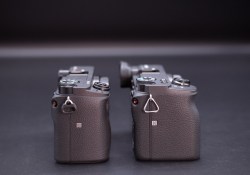
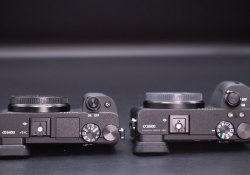
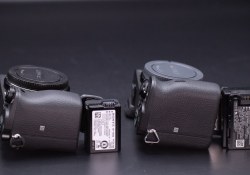
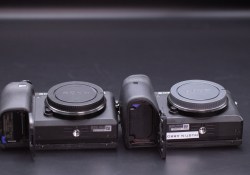
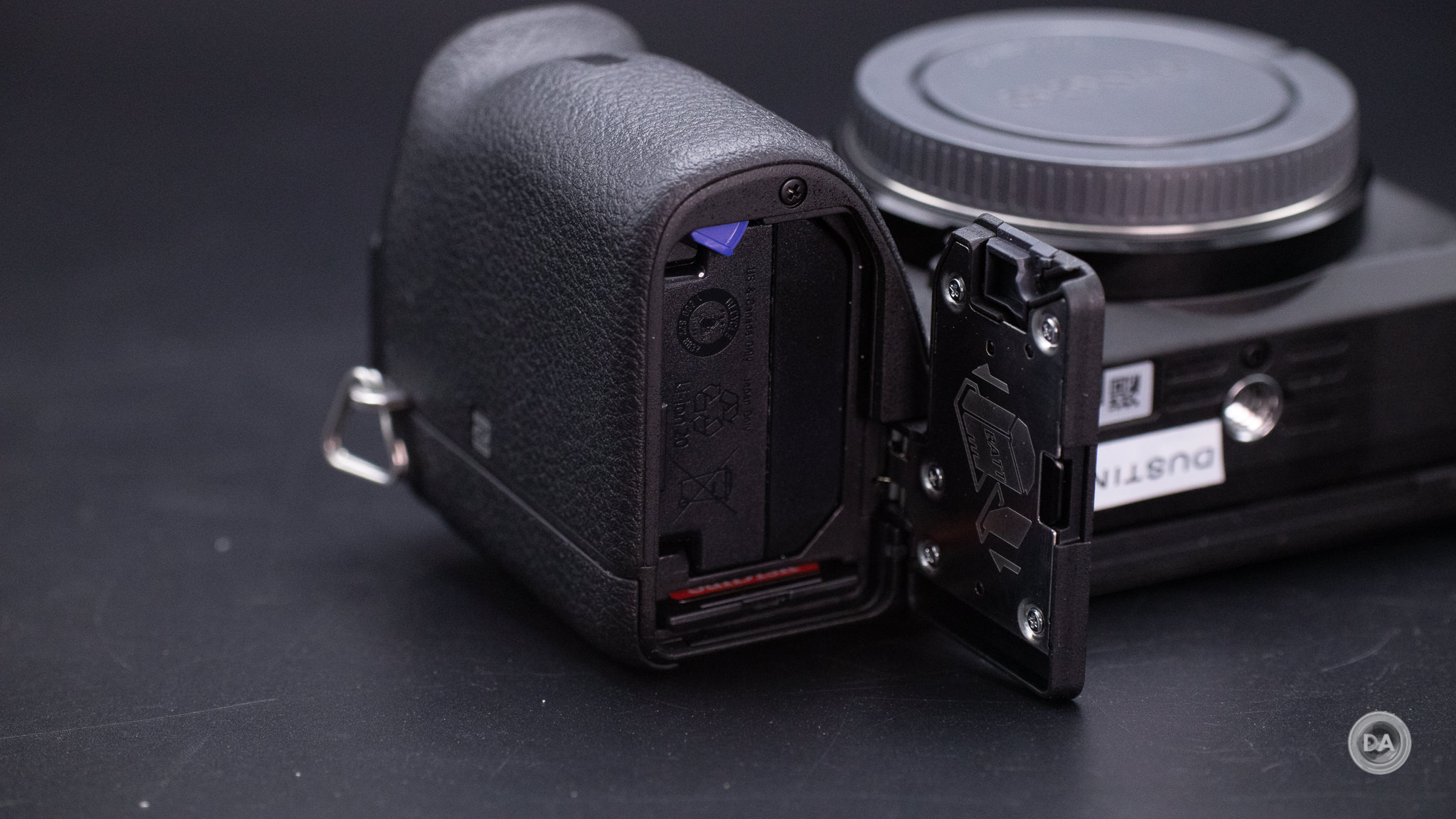
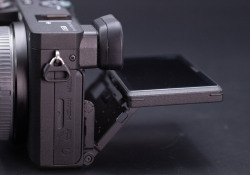
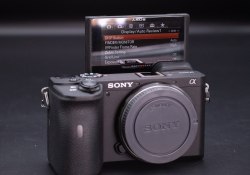
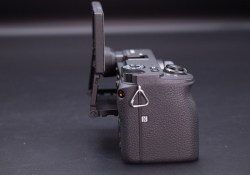
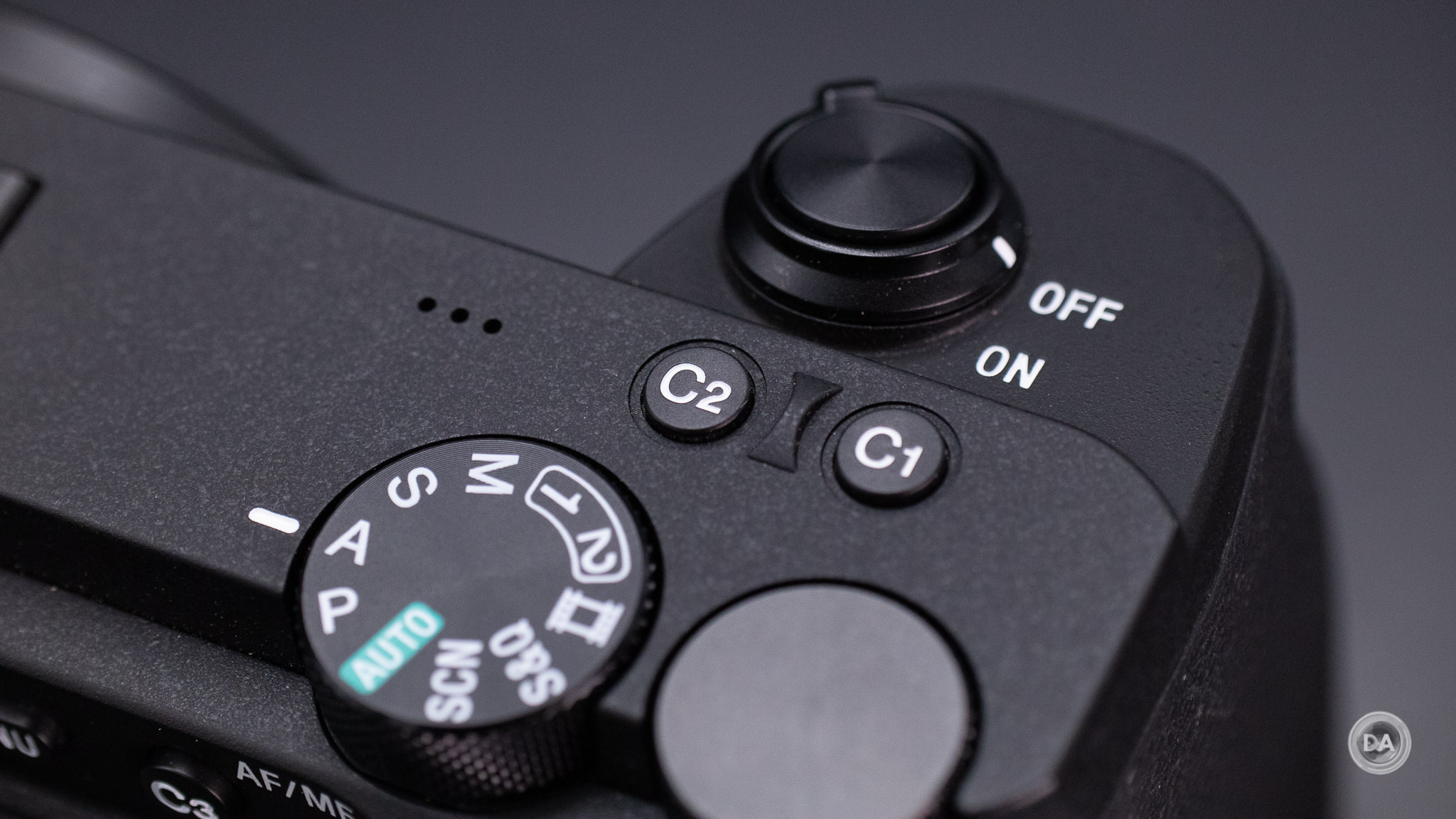
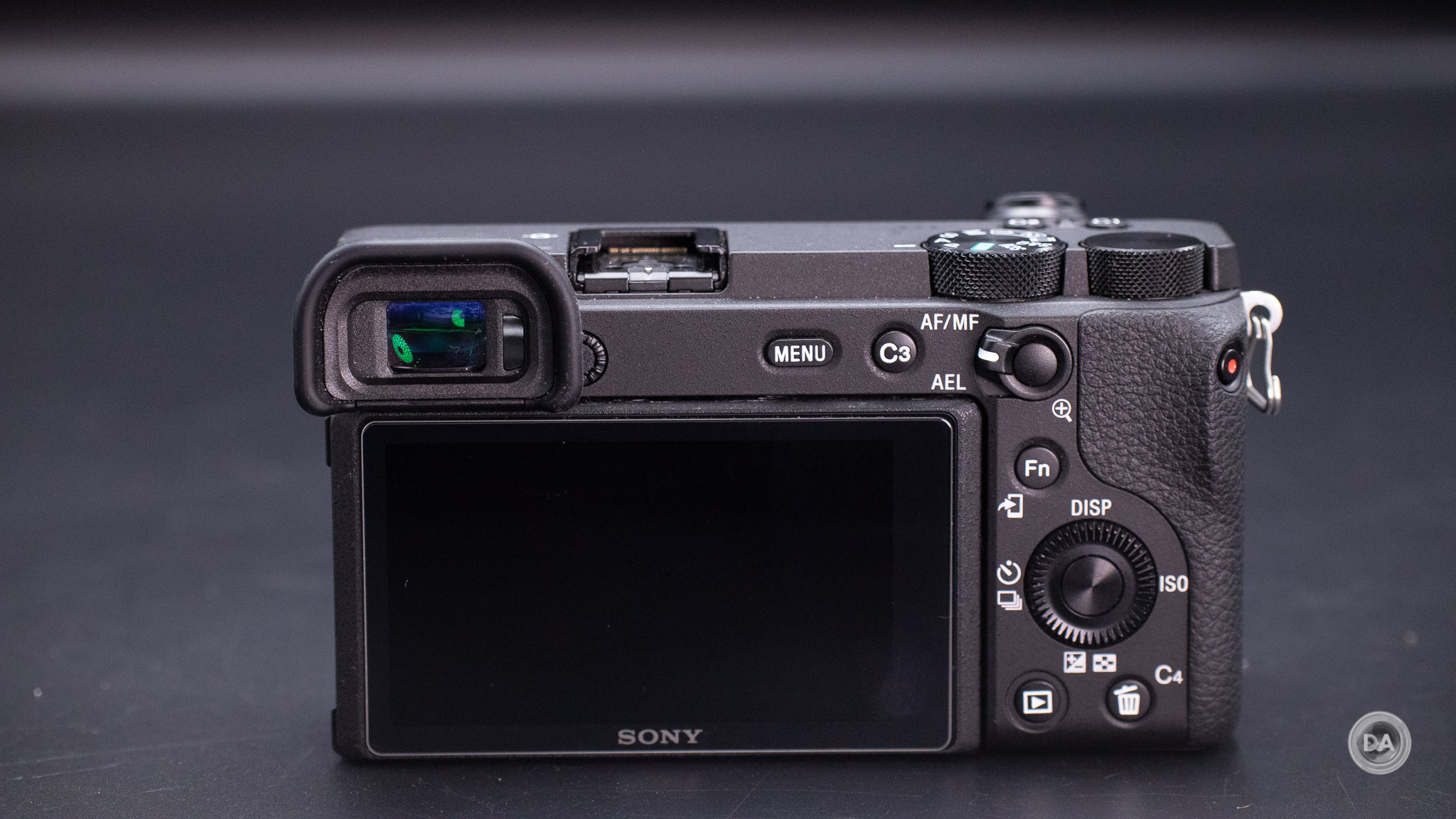
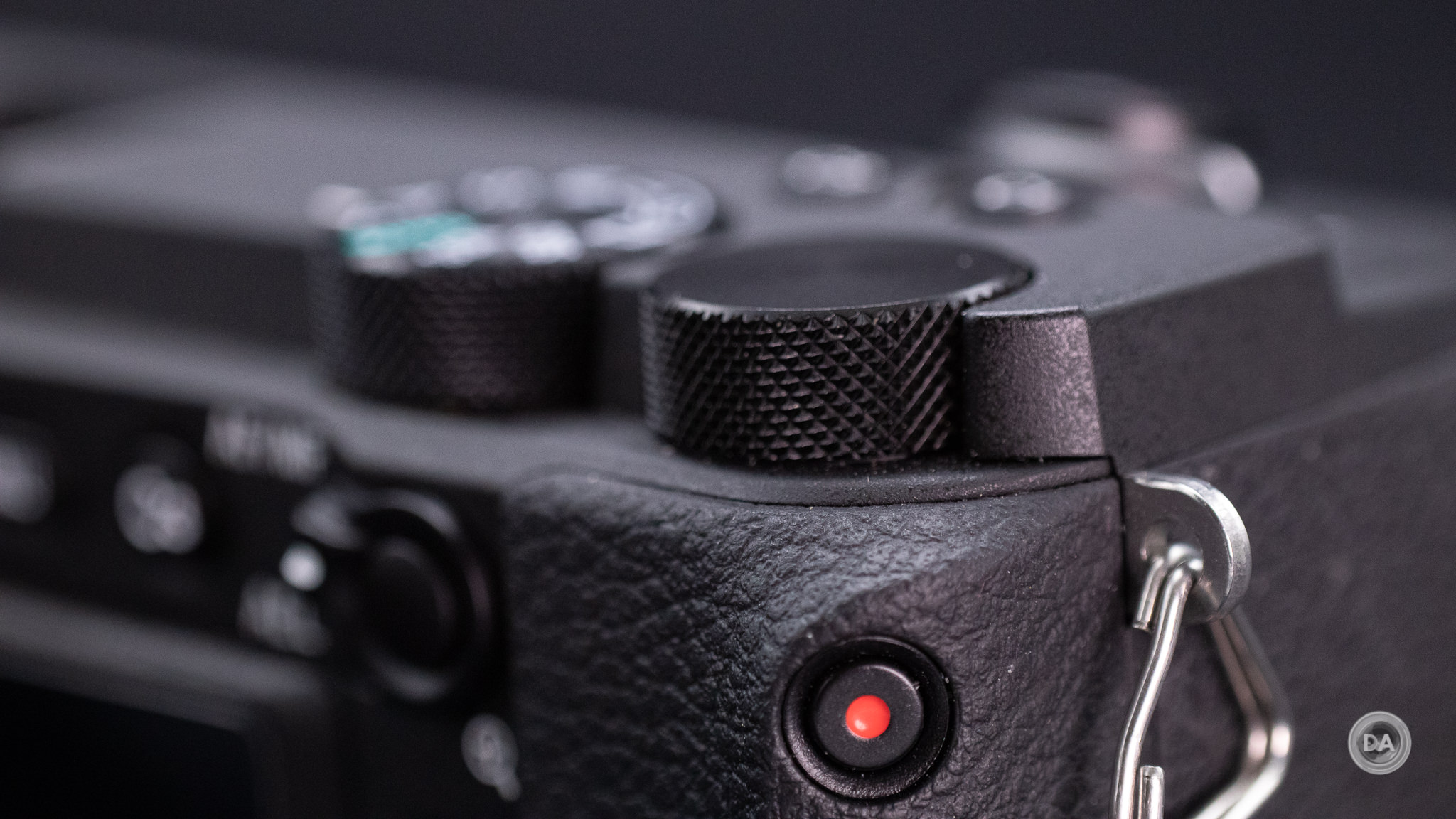
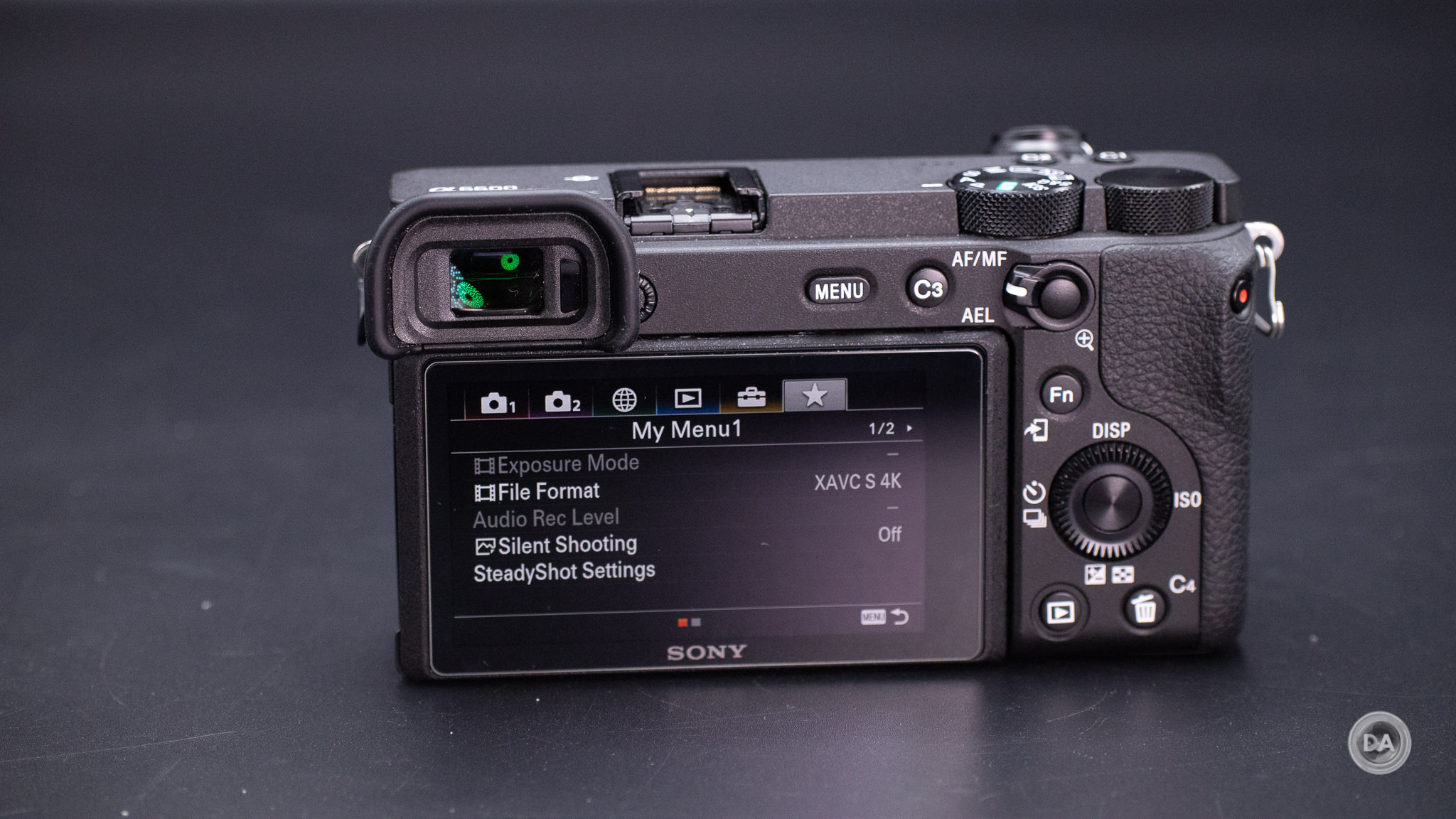
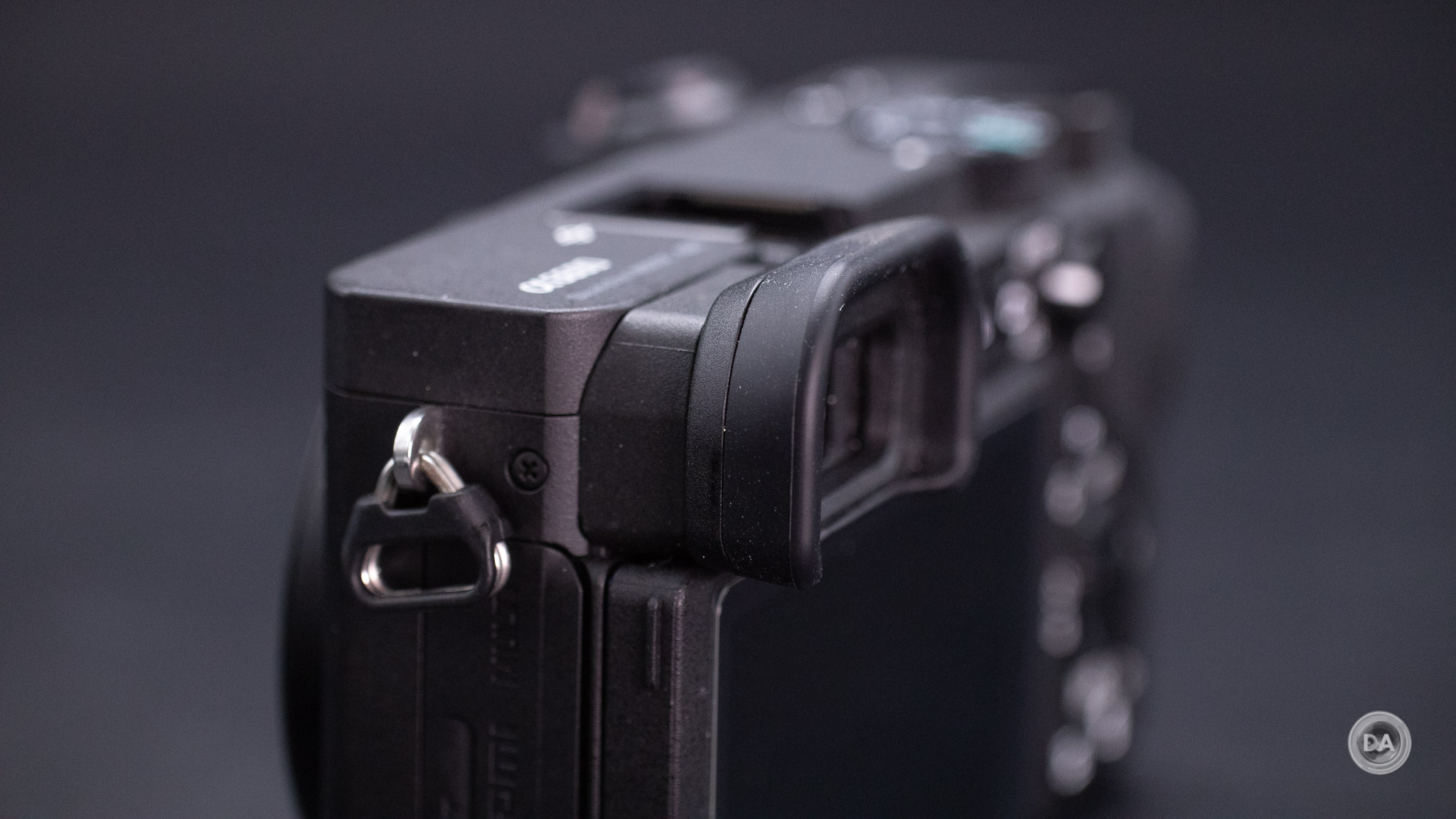
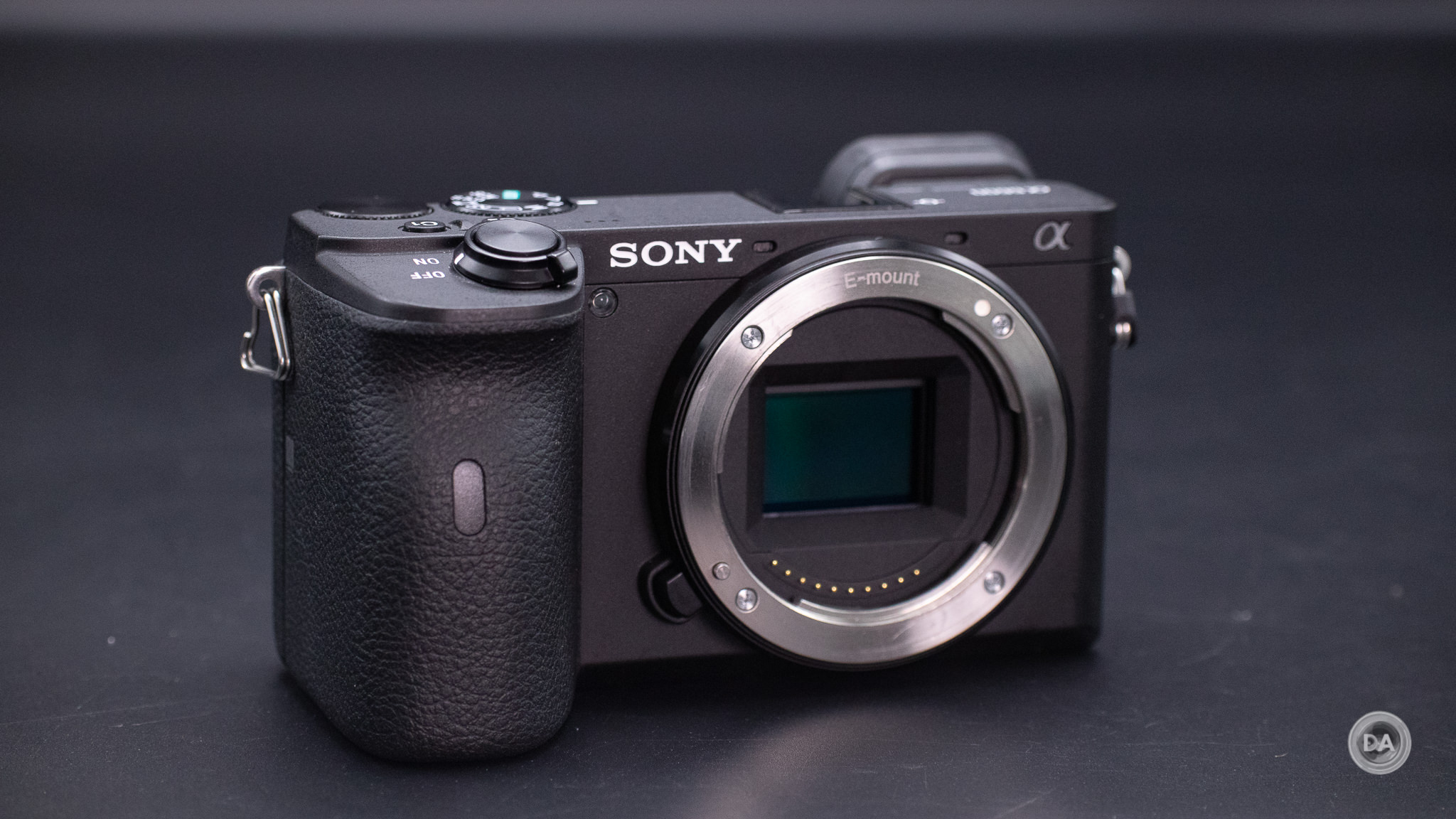

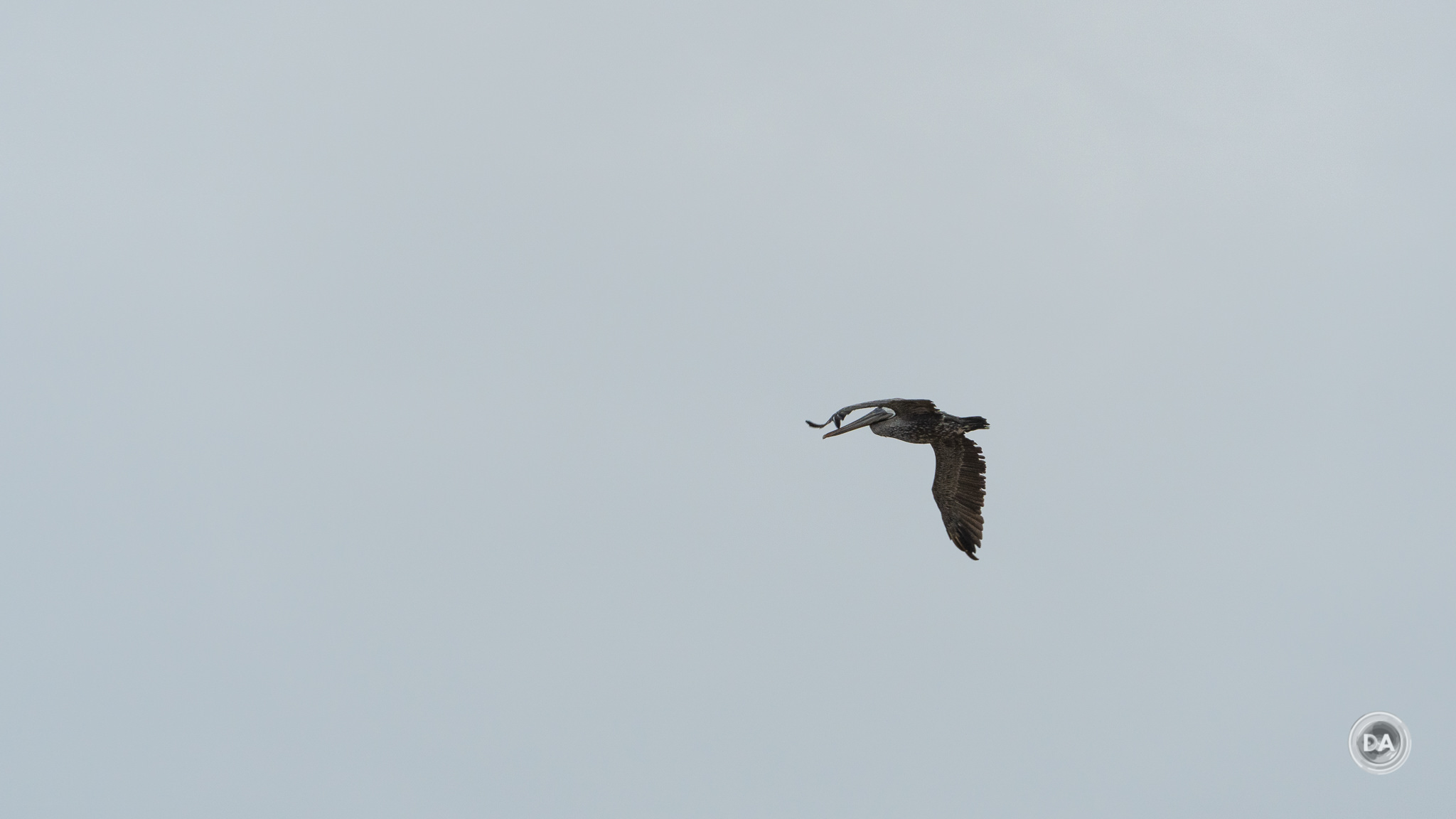
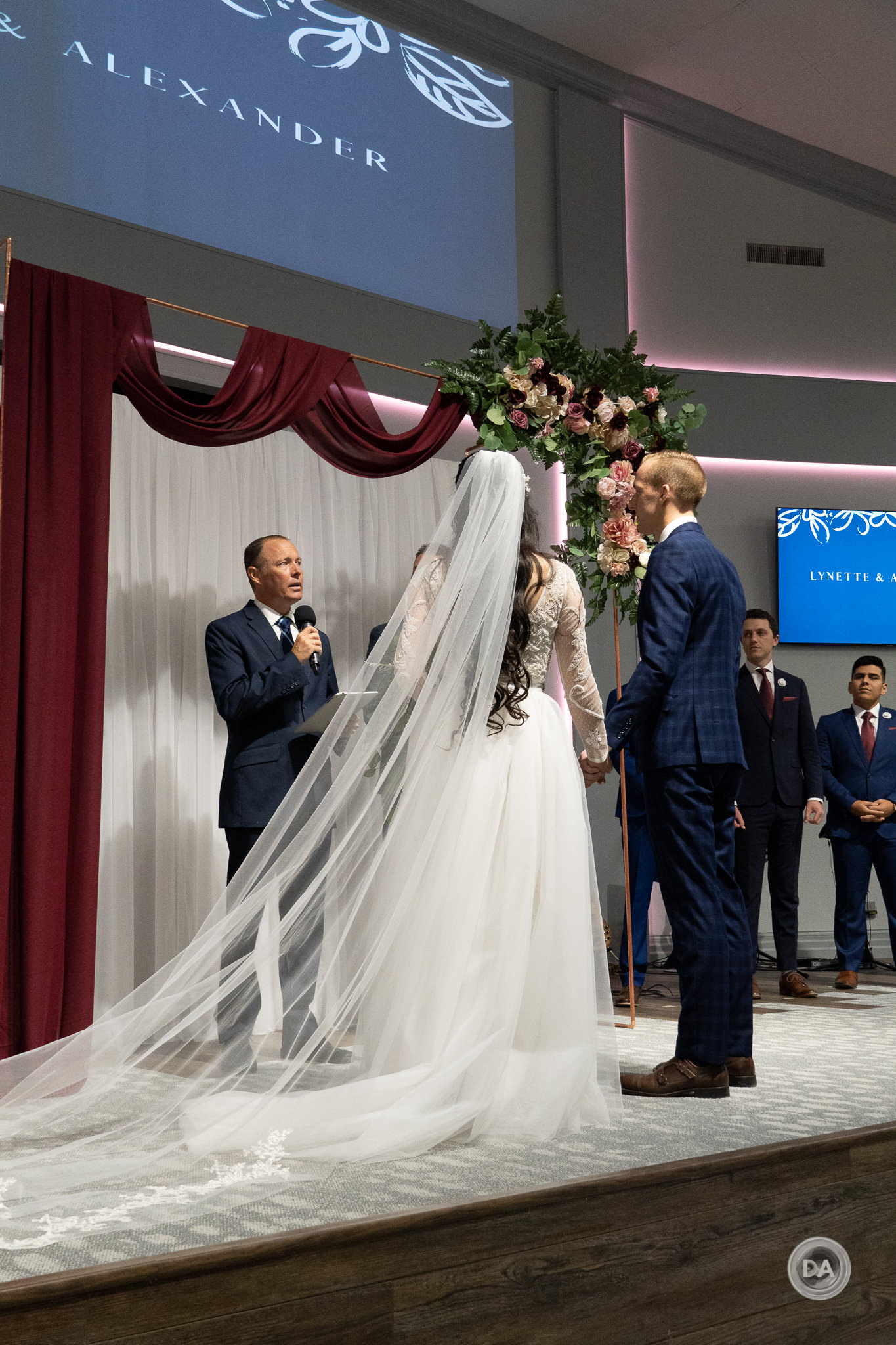
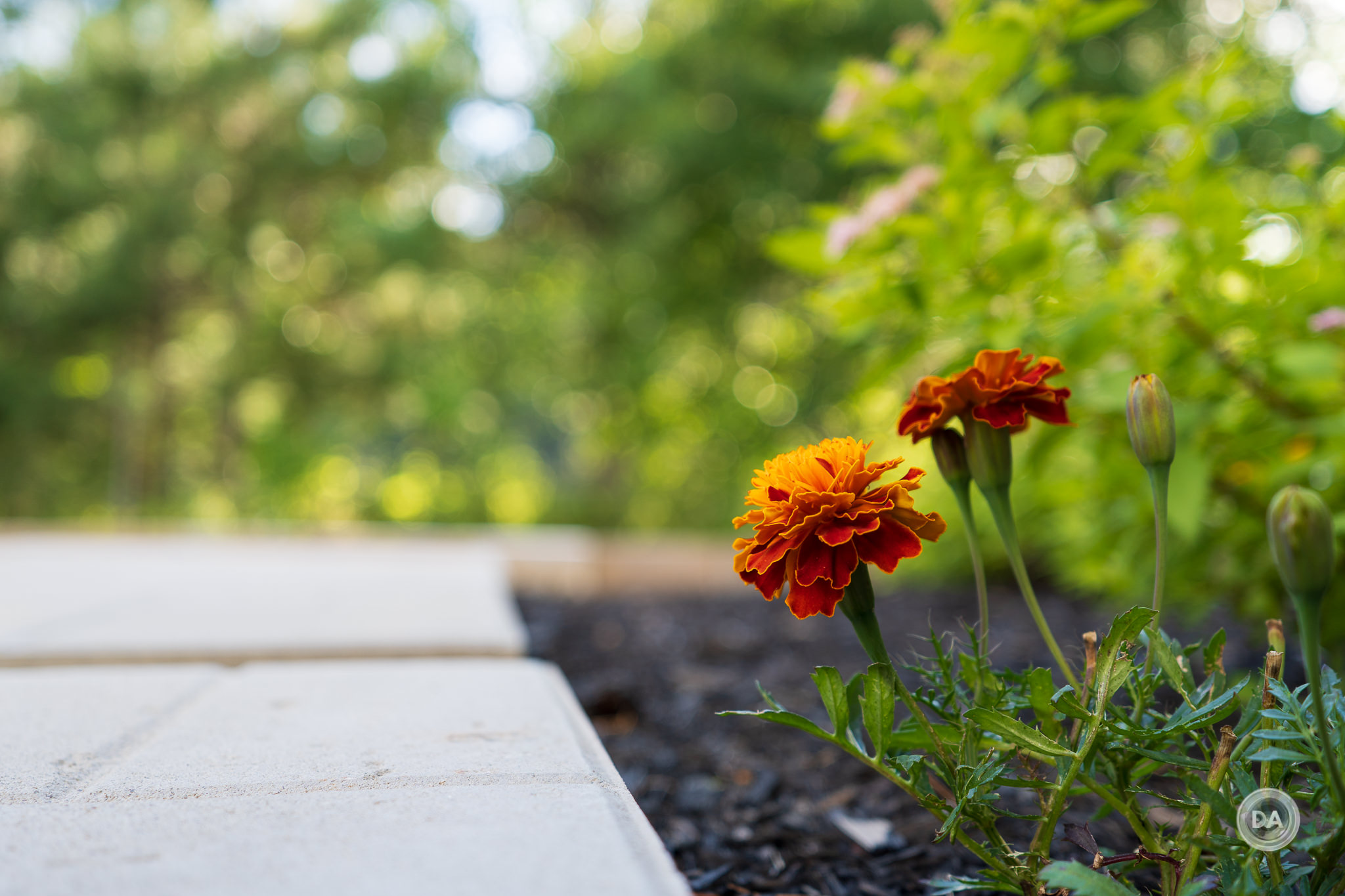



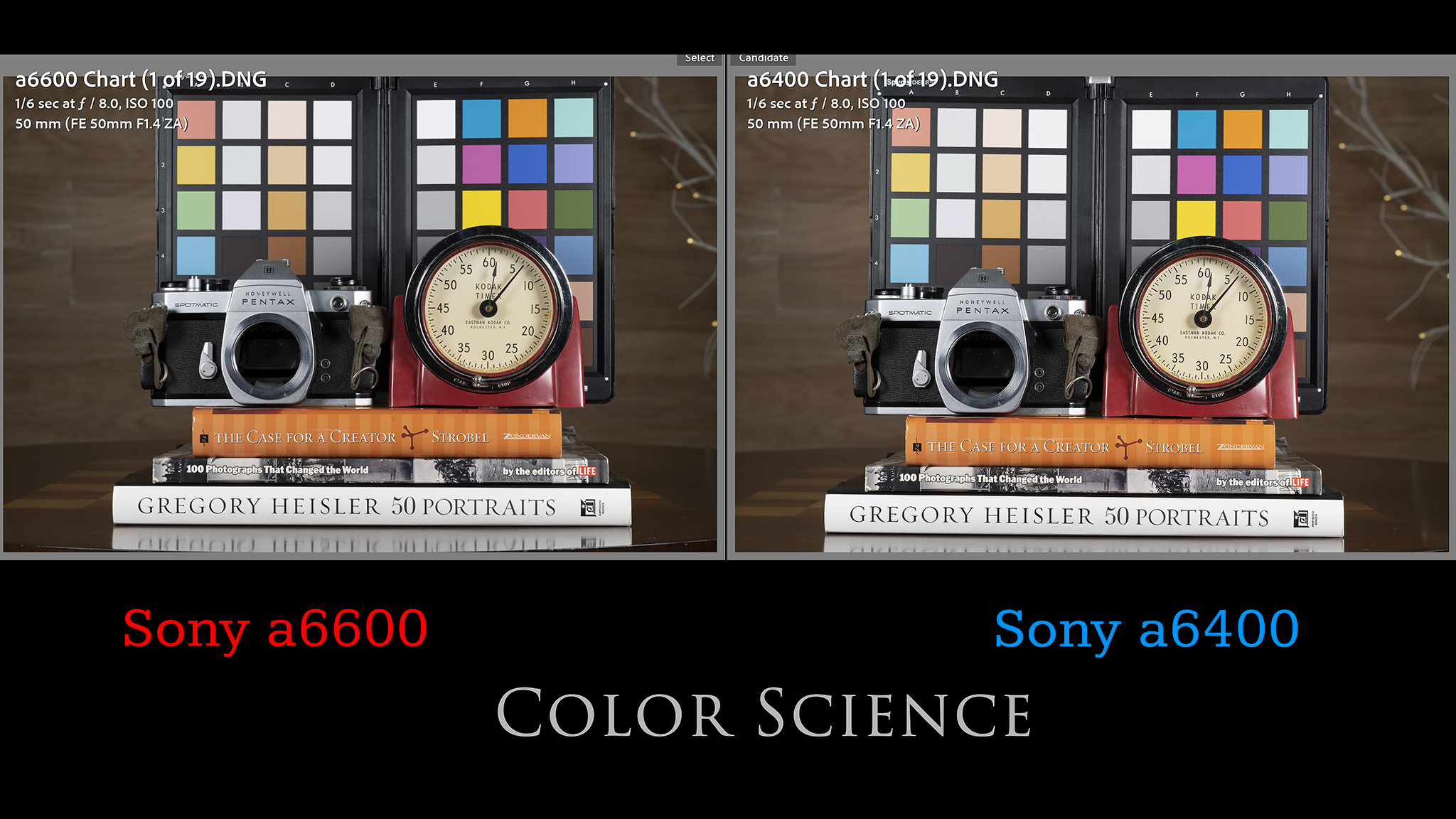
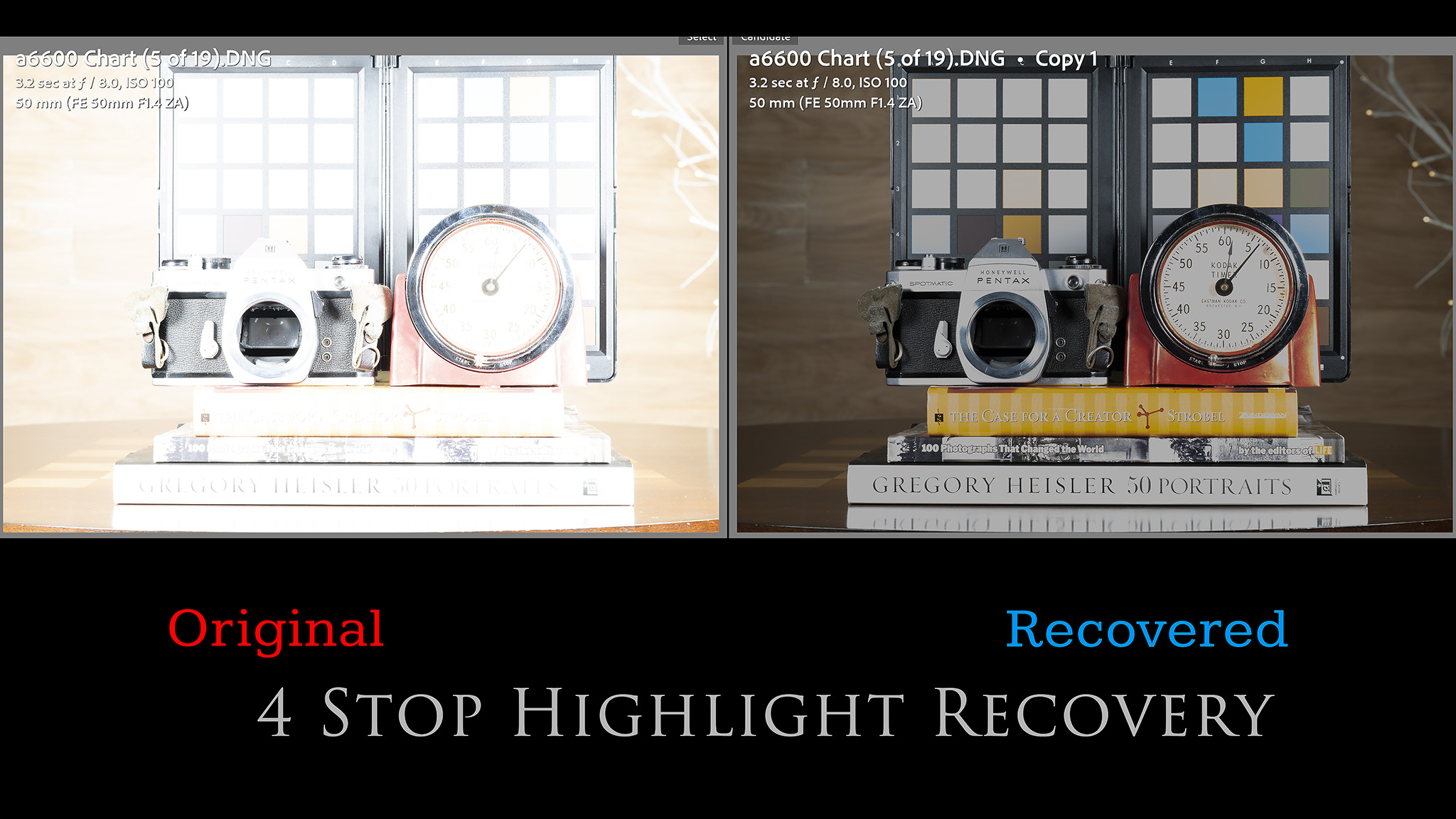
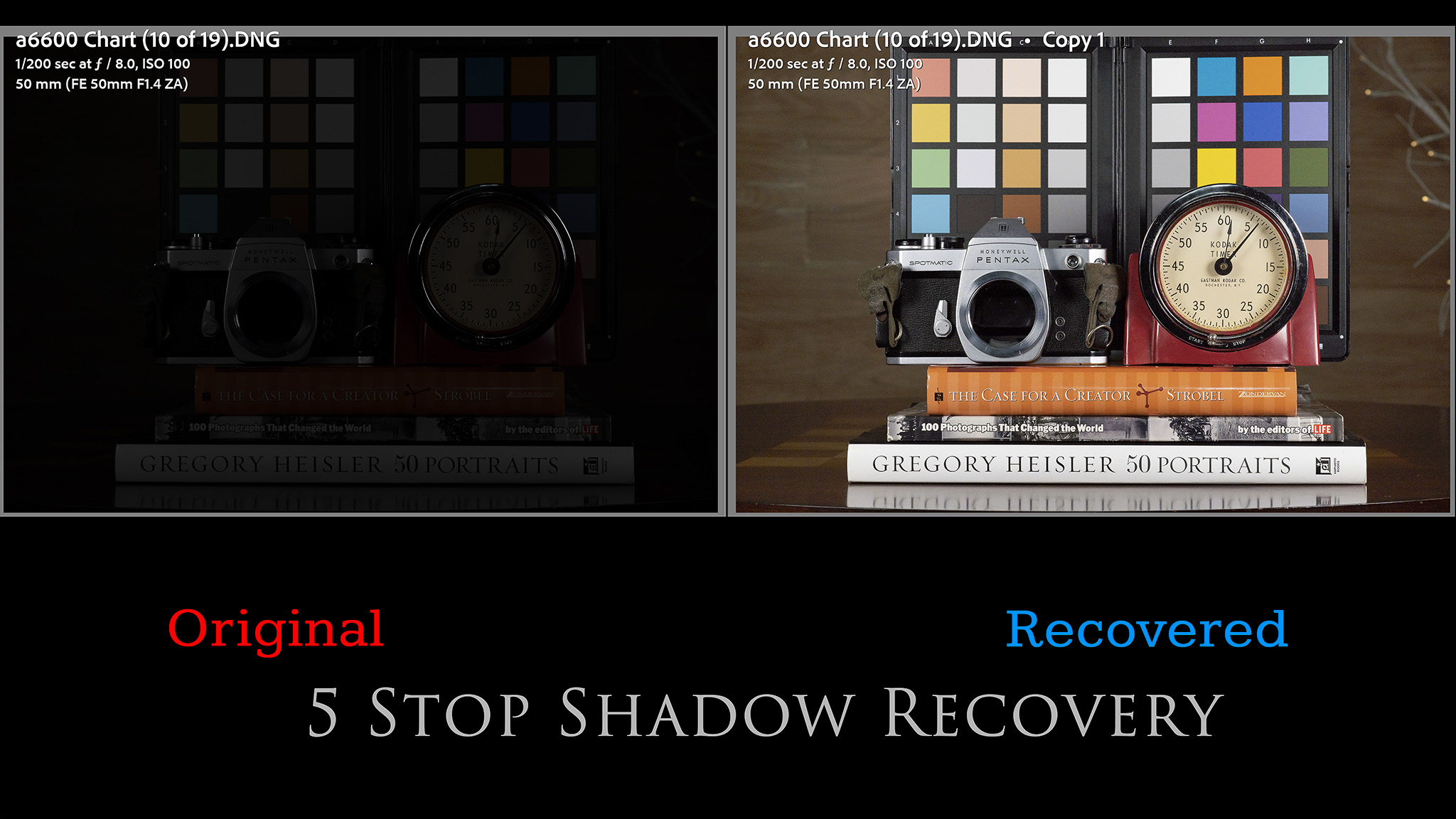
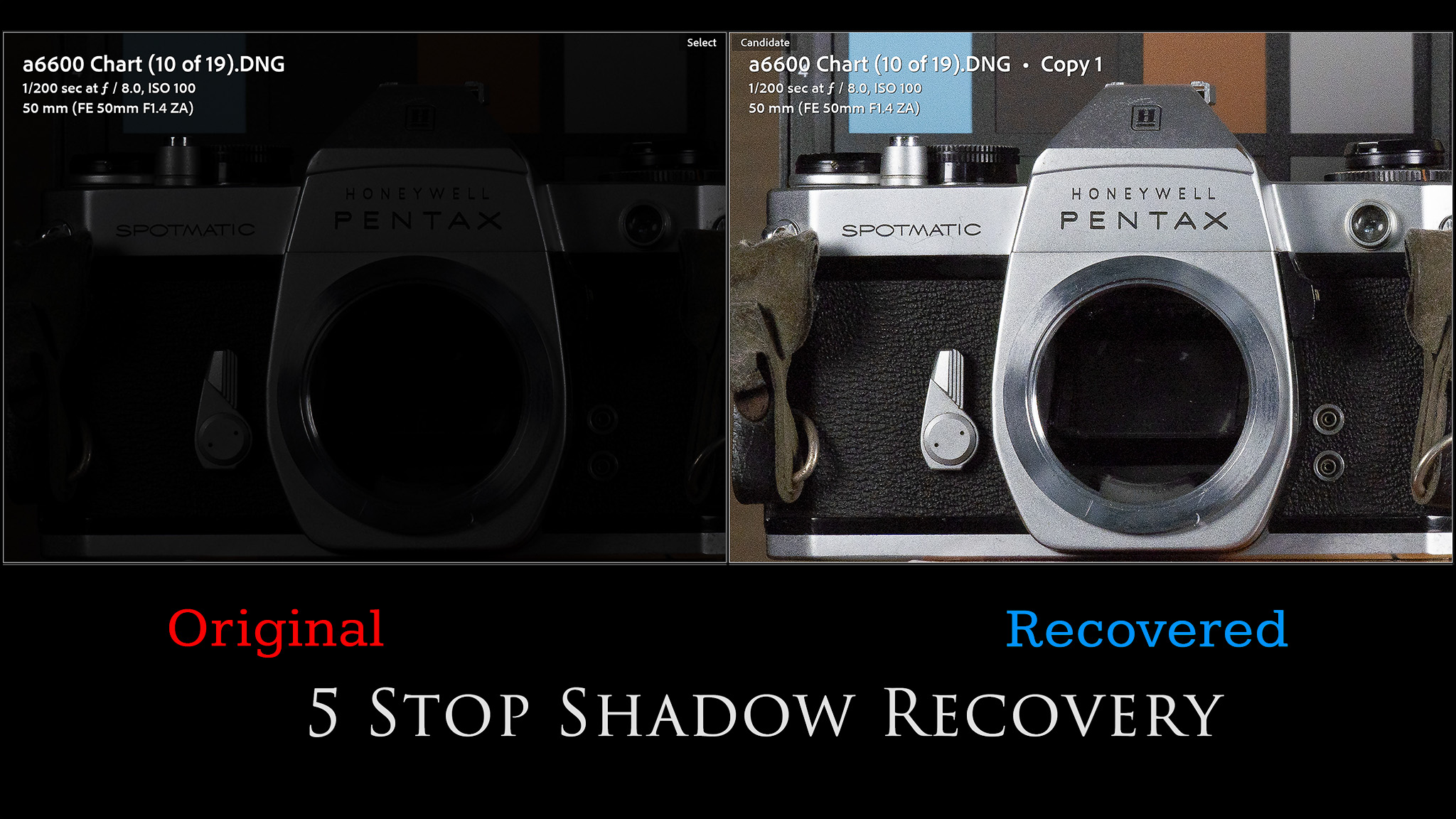
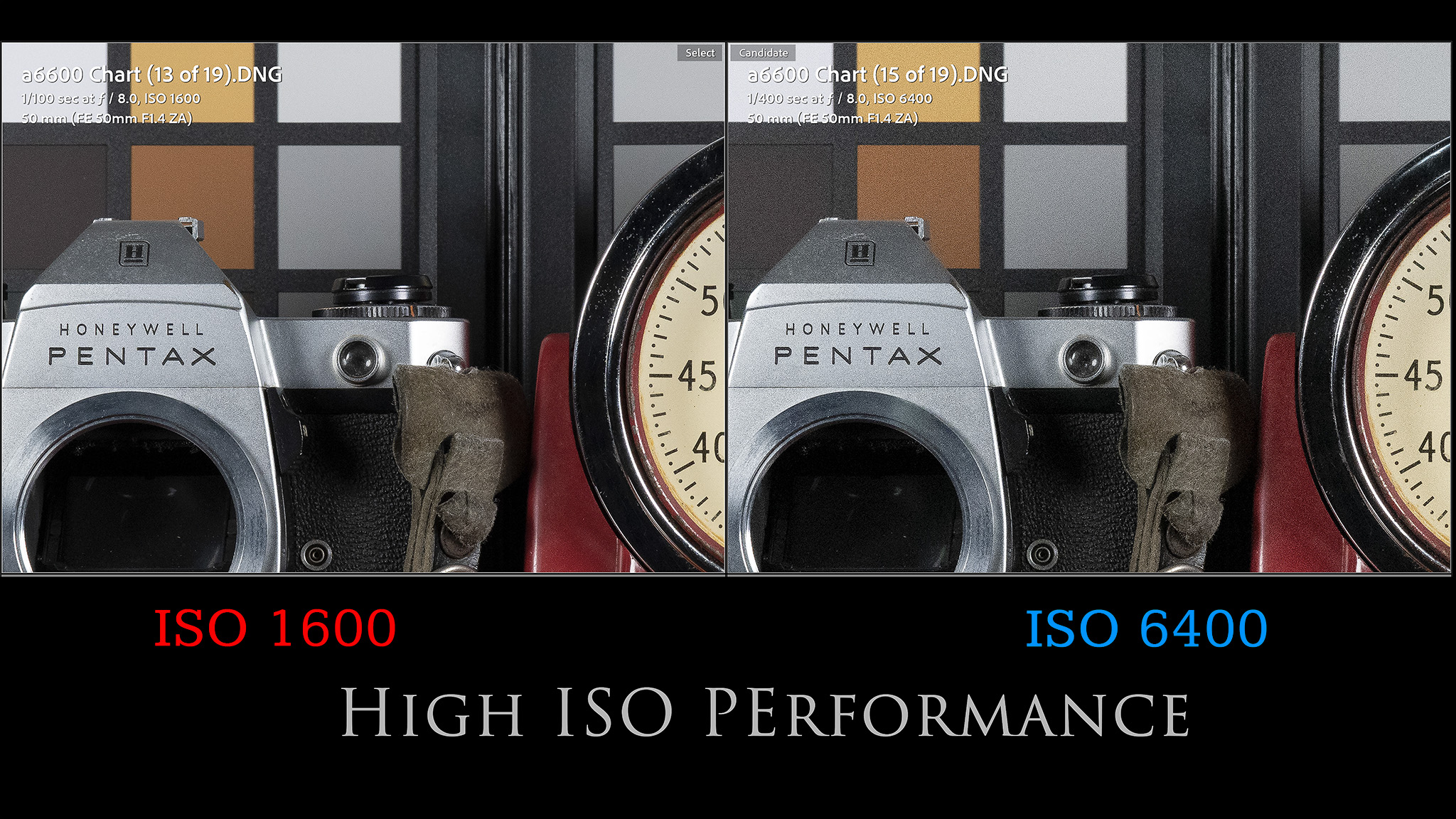

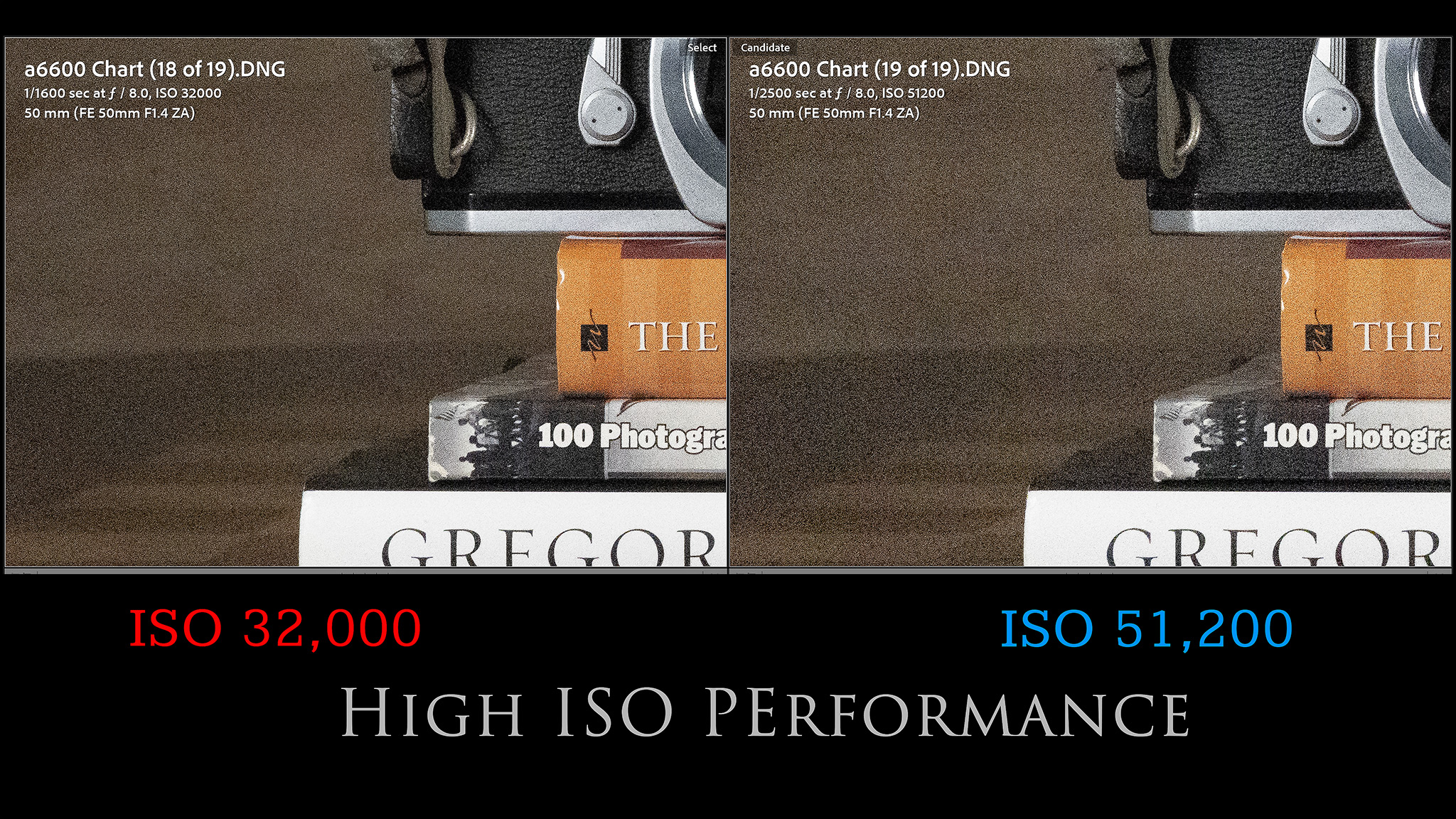
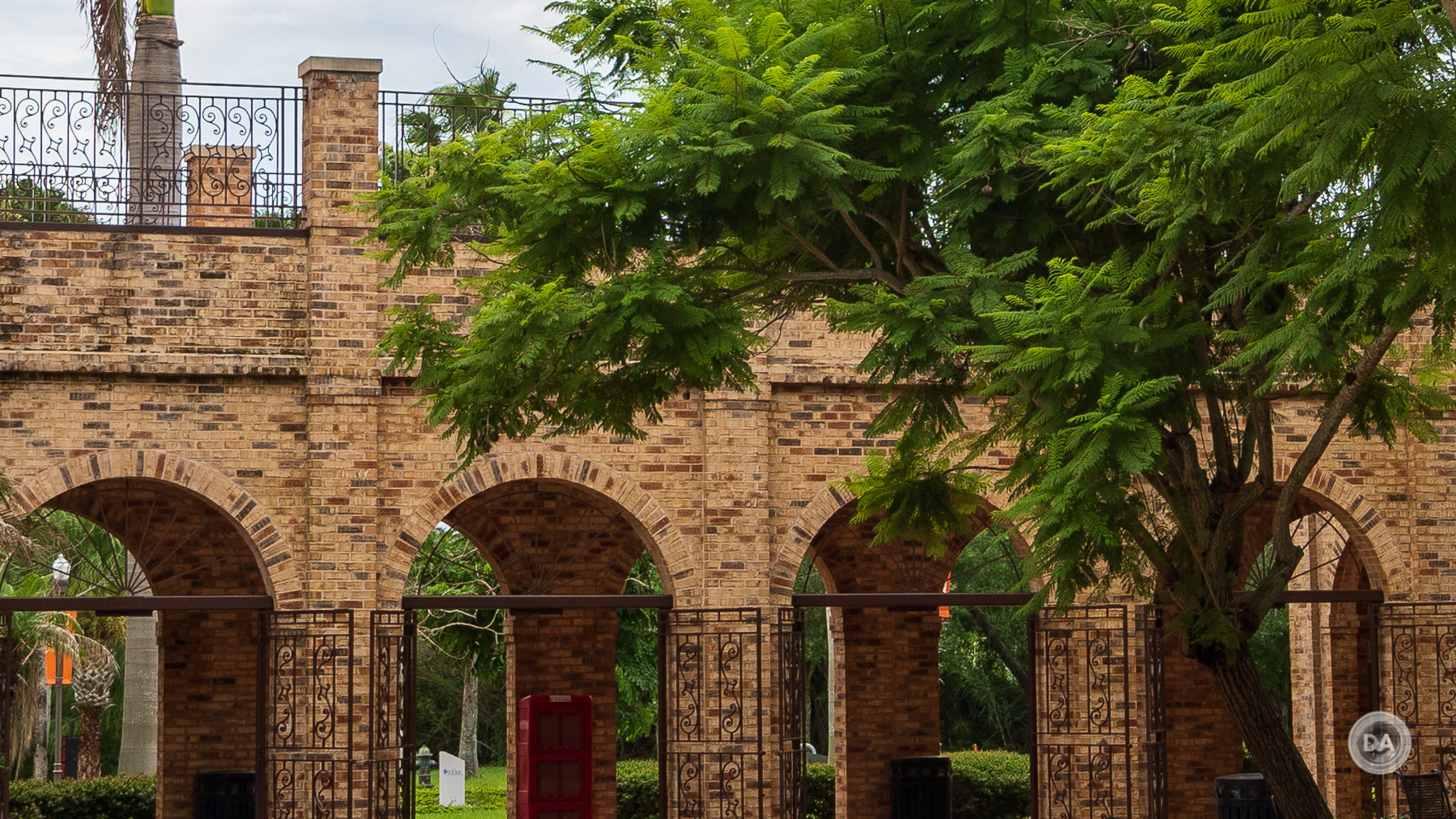






 GOOVIS ART Head Mounted Display Review
GOOVIS ART Head Mounted Display Review 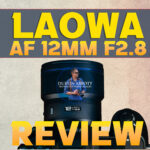 Laowa AF 12mm F2.8 Zero D Review (Z-Mount)
Laowa AF 12mm F2.8 Zero D Review (Z-Mount)  Nikkor Z 35mm F1.2 S Review
Nikkor Z 35mm F1.2 S Review  Kase AF 85mm F1.4 Review
Kase AF 85mm F1.4 Review 


